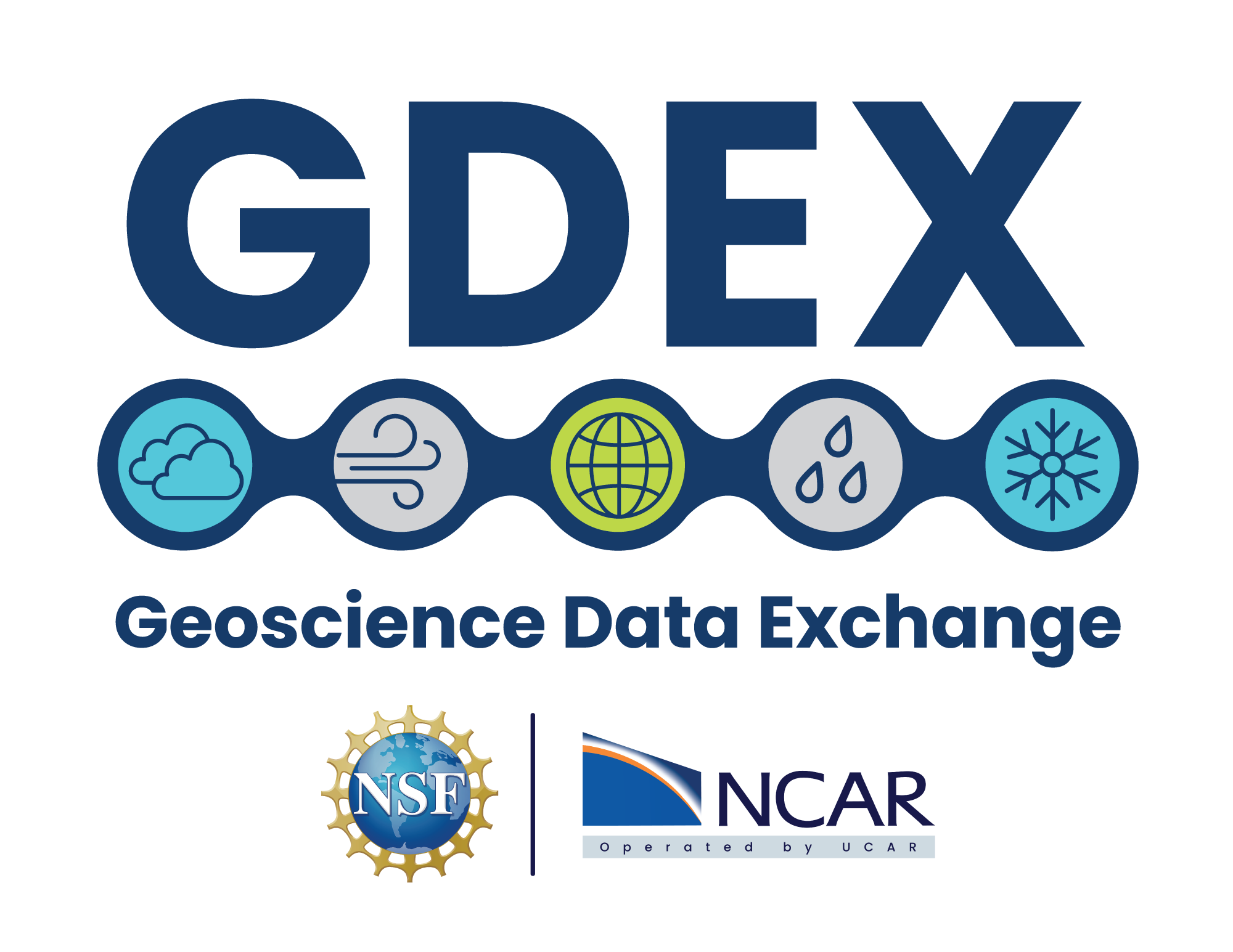| Service | Type | Description |
|---|
|
OpenDAP |
Data Access |
Access dataset through OPeNDAP using the DAP2 protocol. |
|
DAP4 |
Data Access |
Access dataset using the DAP4 protocol. |
|
NetcdfSubset |
Data Access |
A web service for subsetting CDM scientific grid datasets. |
|
CdmRemote |
Data Access |
Provides index subsetting on remote CDM datasets, using ncstream. |
|
CdmrFeature |
Data Access |
Provides coordinate subsetting on remote CDM Feature Datasets, using ncstream. |
|
WCS |
Data Access |
Supports access to geospatial data as 'coverages'. |
|
WMS |
Data Access |
Supports access to georegistered map images from geoscience datasets. |
|
HTTPServer |
Data Access |
HTTP file download. |
|
ISO |
Metadata |
Provide ISO 19115 metadata representation of a dataset's structure and metadata. |
|
NCML |
Metadata |
Provide NCML representation of a dataset. |
|
UDDC |
Metadata |
An evaluation of how well the metadata contained in the dataset conforms to the NetCDF Attribute Convention for Data Discovery (NACDD) |

